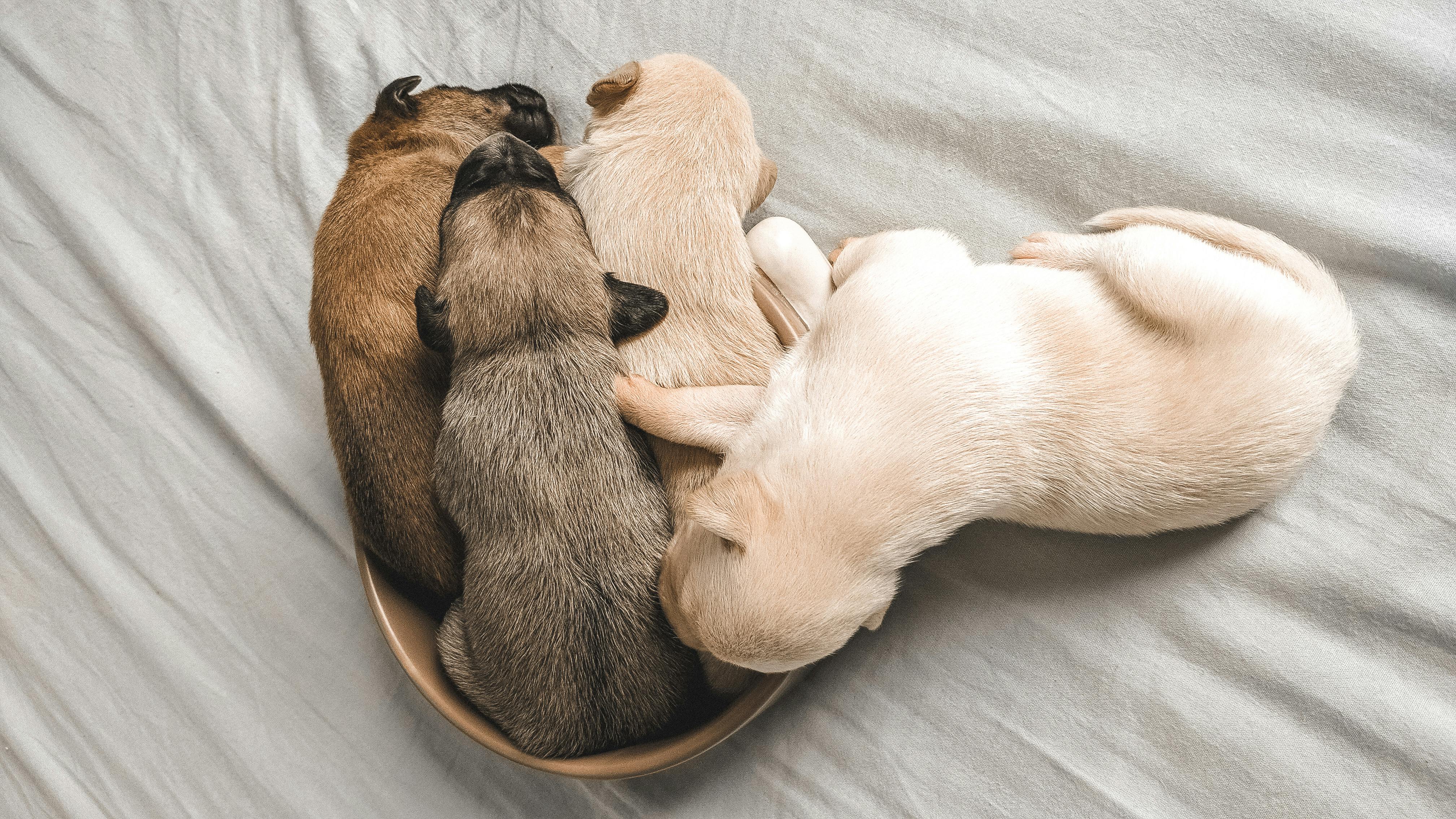
When should a baby squirrel be released?
This is a question that has been around for many years. If you ask most wildlife rehabilitation specialists, you will often get an answer within 12 to 14 weeks. I’d say releasing a baby squirrel at this age is risky to say the least and at worst equivalent to signing their death warrant. This is the reason.
I am a maverick among squirrel rehab specialists. I’ve always had a “feeling” that releasing a baby squirrel at 12 weeks was wrong, but I never had any evidence to back up my feelings. During the last 5 years observing the behavior of Squirrels, I have made some surprising discoveries that have shed new light in support of my feelings.
Since I keep my ‘Rehab Squirrels’ much longer than any other rehab specialist, I have the opportunity to observe squirrels during their first year of life. This has allowed me to observe their physical and social progress, and also how these squirrels compare to others in the wild.
I have a unique situation where the building next to my home has an attic that is the favorite birthplace of many of our local women. For the past two years, I have observed young squirrels emerge from this attic to explore the roof of this building sometime in mid-June. Common sense would dictate that these are early season squirrels that were born in late February or early March. The only problem is, these young squirrels are exactly the same size as the squirrels that wintered with me at our rehab facility!
If these emerging juveniles are the same age as the squirrels in my rehab, it ruins the idea that squirrels in the wild are alone at three months of age. What this means is that late squirrels (those born in July / August) overwinter with their mother and don’t emerge until June.
I believe a mother squirrel keeps her young in the nest for the winter and brings them food from her hiding place that she buried the previous summer. It is estimated that a squirrel will bury the equivalent of 3 years of food each summer, so there would be plenty of hidden food to meet all its needs.
Female squirrels have often been categorized as bad mothers, because they don’t spend much time in the nest after giving birth. Studies have shown that they leave the nest for long periods of time and that their babies can only nurse a couple of times a day, then only get about ½ to 1 cc of breast milk per feeding.
Charles Nixon and WJ Harper of Ohio State University did a study in the 1960s on “The composition of gray squirrel breast milk” and found that it contained 12% milk fat. Other studies have put the fat content at up to 24%. That would mean squirrel breast milk would be on a par with seal or whale milk in fat content. Therefore, a baby squirrel would not need large amounts of such rich milk to thrive.
I keep all my squirrels, both early season and late season ones, until the following June. In my experience, there is very little difference in their size after one year, even though they were born months apart. Being more mature makes a big difference when they are released. They form friendships with the other squirrels their age. They have all summer to establish their dens or dens, plus they can collect and scatter accumulated food for the coming winter.
My recommendation for anyone raising a baby squirrel is to invest time and keep it until the following June to maximize its chances of survival.